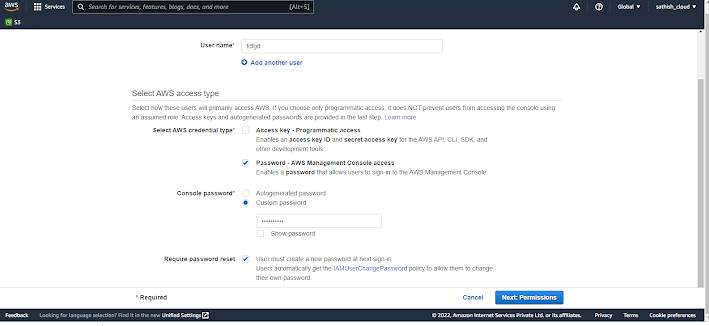What is Elastic Block Store (EBS)?
EBS storage is allocated in volumes
- A volume is a 'virtual disk' (size: 1GB - 1TB)
- Basically, a raw block device
- Can be attached to an instance (but only one at a time)
- A single instance can access multiple volumes
Placed in specific availability zones
- Why is this useful?
- Be sure to place it near instances (otherwise can't attach)
Replicated across multiple servers
- Data is not lost if a single server fails
- Amazon: Annual failure rate is 0.1-0.2%
EC2 instances can have an EBS volume as their root device ("EBS
boot")
- Result: Instance data persists independently from the lifetime of the instance
- You can stop and restart the instance, like suspending and resuming a laptop
You won't be charged for the instance while it is stopped (only
for EBS)
- You can enable termination protection for the instance
- Blocks attempts to terminate the instance (e.g., by accident) until termination protection is disabled again
CREATE EBS VOLUMES
Once you are in the EC2 page, click Volumes under ELASTIC BLOCK STORE
on the left pane.
Once you are in the Volumes page, click on Create Volume to create a new
volume.
Select Volume Type from the drop down list.
Specify Snapshot ID if you want your new volume to be copied data from the
snapshot, otherwise leave blank.
And select encrypt option if you want to encrypt your newly creating volume,
otherwise leave un selected.
Then click on create after specifying the values required.

.png)












